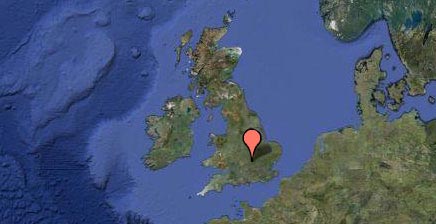
CFA conducted a scheme of works in order to inform and mitigate the effects of the proposed upgrading of the A75 trunk road from Cairntop to Barlae. The program of works included an archaeological evaluation which excavated 4951m2 of the available area through trial trenching; a topographic survey of the former Portpatrick and Wigtownshire Railway, which included a standing building survey of the Blairderry Bridge; a peat basin survey; and an archaeological excavation to mitigate the effects of the construction process on a burnt mound discovered during the archaeological evaluation.
A standing building survey of the Blairderry Bridge provided a written and photographic record of the standing remains of the structure prior to its removal during construction of the dual carriageway upgrade. The peat study in work zones 1–3 was conducted to establish the cultural value of the information contained within the peat sequences in these areas. The study showed the peat was formed on the edge of the larger Tanieroach Moss; which is lowland mire.
An archaeological excavation was conducted on the remains of a burnt mound at Derskelpin Farm, Dumfries and Galloway. The excavation of the trench was undertaken by machine under archaeological supervision which removed overburden and topsoil deposits down to the archaeological horizon. This horizon was typified by an abundance of angular greywacke and micaceous sedimentary rocks which have been shattered by thermal shock. Based on local parallels, it is likely to be Late Bronze Age in date. Other features include the well preserved remains of a series of wooden posts and stakes. The remains had been tooled with a sharp metallic instrument, probably an axe. Some of the stakes were wedged behind larger posts. Radiocarbon dates obtained during the post-excavation analysis (ongoing at the time of writing) have indicated a date for these posts in the 9th–10th centuries AD







